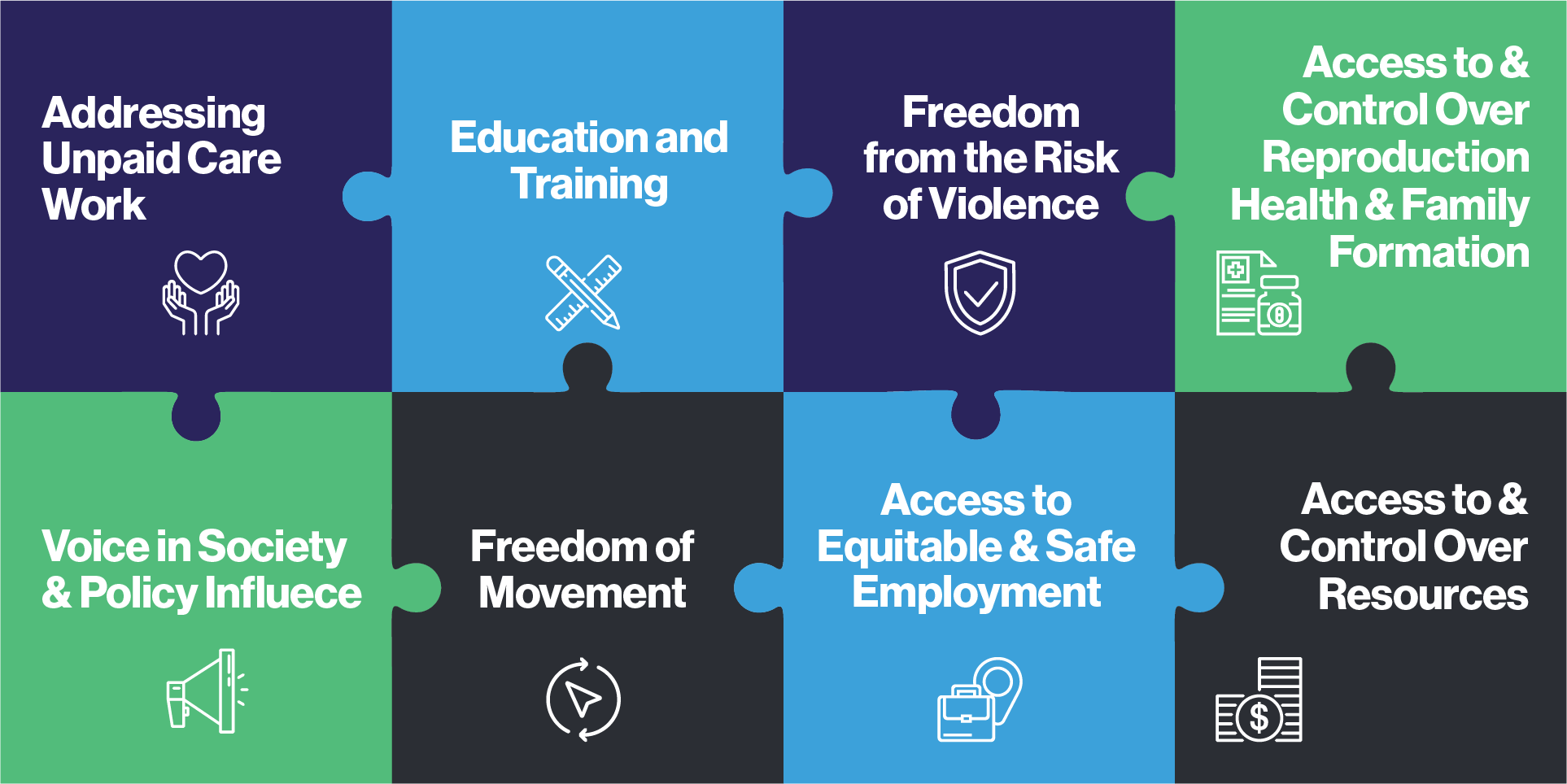Employment vs entrepreneurship
While there is some overlap between the challenges faced by women entrepreneurs and employees, especially with regard to inequalities deriving directly from social norms, there are also challenges specific to being a women entrepreneur versus a women employee.
Key challenges experienced by women entrepreneurs
- Access to resources: Women face disadvantages such as high loan denials, high interest rates, and additional collateral requirements. Women are often perceived by financial institutions as a risky investment, and there are limited financial products and services that are gender-sensitive or tailored specifically for women. Since many women around the world also still face land and house ownership challenges, it is particularly difficult for women to obtain the resources necessary to finance their enterprise or particular trainings.
- Lack of mentors, training and network: In many countries around the world, women have less access to training and education than men. Women also have fewer role models and opportunities to network, which can greatly impact entrepreneurial success.
- Social norms and unpaid care work: Current social norms continue to ascribe domestic activity to women, implying that family responsibilities, such as housework and care, remain the woman’s domain. Women’s disproportionate involvement in unpaid care work impacts the time and energy women can commit to starting and growing an enterprise.
Key challenges experienced by women employees
-
Unequal pay: Around the world, women continue to be paid less than men for jobs of equal value. The global gender pay gap is estimated to be 23%, meaning that women earn 77 cents for every dollar men earn. Women and girls continue to be valued less in the workplace due to the persistence of historical and structural unequal power relations. In order for women to be economically empowered, it is key that the gender pay gap is closed.
-
Lack of career opportunities and decent work: Women are concentrated in lower-paid, lower-skill work with greater job insecurity, and are under-represented in decision-making roles. This is partly due to the fact that women continue to have less access to resources, education and training. Social norms can also prevent women from being promoted to higher-paid work. The lower-paid segments of an economy are often also the segments that are characterized by informal work set-ups, where workers are not protected by labour laws and social protection schemes.
-
Harassment and violence: Violence against women in the world of work is a human rights violation that affects women regardless of age, location, income or social status. Women can experience harassment or sexual assault at the workplace, but also on the way to and from work. Violence against women has a huge impact on their physical and mental health, which can lead to absenteeism, missed promotions and job losses. Ultimately, this also restricts women’s economic potential.
-
Unpaid care work: Women bear a disproportionate burden of unpaid work across the world. Unpaid work includes cooking, cleaning, fetching firewood or water, and taking care of children or other relatives. Unpaid work is of great support to the economy and is often the result of a lack of public expenditures on social services. Restrictive policies, such as inflexible working hours and limited parental leave, can impede women’s mobility in the workforce and force them into part-time employment. Women with children are more vulnerable to these inequalities — also known as the motherhood penalty.
In order to ensure a holistic approach to women’s economic empowerment, for both women entrepreneurs and employees, we recommend referring to and using the Building Blocks for Women’s Economic Empowerment, below.
